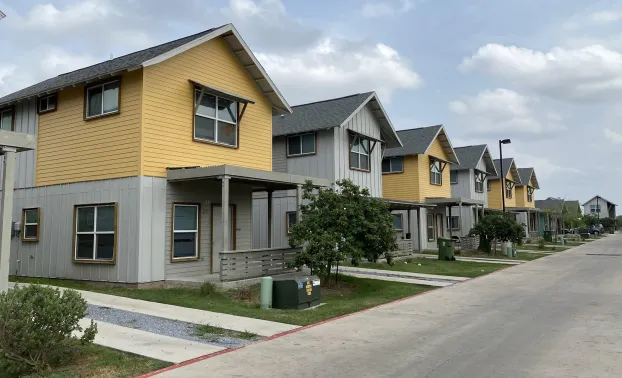CANBY, Ore. — The Canby City Council has officially adopted a long-term Housing Production Strategy (HPS), setting the stage for how the city plans to meet both local and state housing requirements over the next two decades. The decision came during the council’s Oct. 1 meeting, where Resolution 1443 passed by a 4-1 vote after a public hearing and lengthy discussion.
A Plan for Canby’s Growing Population
Planning Director Dan Hardy presented the strategy, explaining that Canby faces the same housing challenges as many Oregon cities. “We have a 20-year forecast of housing needs analysis,” Hardy said. “We’re in a housing crisis, as most of Oregon is. The city can’t solve this issue alone, but we can take meaningful steps to improve affordability.”
The strategy stems from the city’s Housing Needs Analysis (HNA), adopted in July 2024, which projects the need for 1,873 new housing units over the next 20 years to accommodate about 6,000 additional residents. The HNA also revealed a 73-acre deficit of residential land across all density categories within Canby’s Urban Growth Boundary.
Also Read
Breakdown of Future Housing Needs
The forecasted demand includes:
-
30% for standard single-family homes
-
32% for small-lot single-family homes and cottages
-
19% for townhomes and “plexes”
-
19% for apartments or other multi-family dwellings
These estimates highlight the need for greater diversity in housing options to support affordability and choice for future residents.
State Requirements and Local Collaboration
Oregon law mandates that cities with populations over 10,000 adopt a Housing Production Strategy to encourage the development of needed housing. Canby’s plan was shaped through extensive collaboration between the Housing Advisory Committee, city staff, consulting firms 3J and FCS, the Planning Commission, and the Oregon Department of Land Conservation and Development (DLCD).
The final plan includes 15 strategies the city can implement — from modifying System Development Charges (SDCs) to creating processes for identifying and up-zoning land suitable for residential development.
Council Debate: Balancing Flexibility and Control
Before the vote, councilors voiced mixed feelings about the resolution. Councilor Daniel Stearns expressed concern that the strategy might limit the city’s flexibility. “There are parts of this I like and parts I don’t,” he said, adding that some of the goals were unclear.
Hardy reassured the council that the plan was designed as a flexible framework, not a rigid policy. “Each element will come before the council over the next four years,” he explained. “It’s a framework where the individual pieces will be worked out separately.”
Councilor Tracy Hensley opposed the resolution, citing public feedback that made her hesitant to support it. Meanwhile, Councilor Jason Padden praised the collaborative effort behind the plan and cast a “yes” vote, emphasizing the need for proactive action on housing.
A Roadmap for Canby’s Future Growth
Following the 4-1 approval, Mayor Brian Hodson called the HPS a vital step toward managing Canby’s growth responsibly. “This strategy provides a roadmap for the next 10 to 15 years, helping us balance development with affordability,” Hodson said.
He also underscored the city’s need to maintain local control amid increasing state mandates. “As the state legislature continues to erode our home rule as a city, we must identify the tools that preserve our ability to plan for ourselves,” he added.
With the Housing Production Strategy now in place, Canby joins other Oregon cities in addressing one of the state’s most pressing challenges — ensuring that future generations have access to affordable, diverse, and sustainable housing options.












